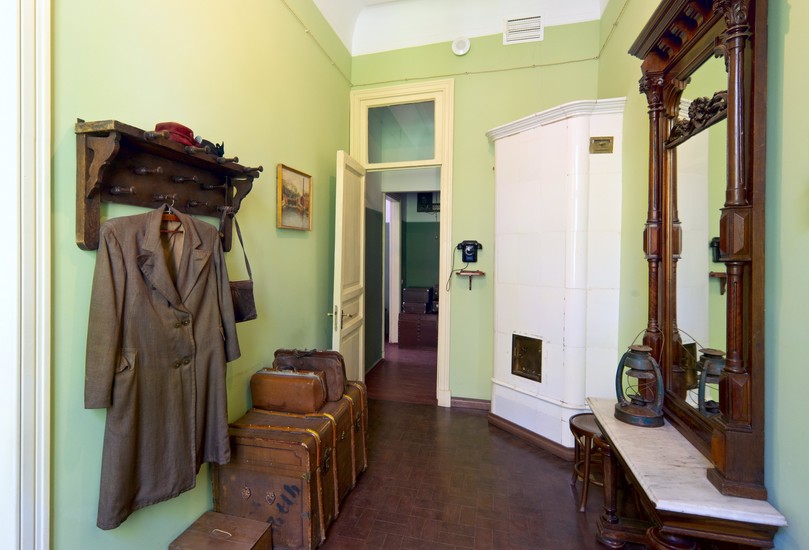Saint Isaac’s Cathedral is located in Saint Petersburg. When it was first constructed it was the central and largest cathedral in Russia. It holds some of the most beautiful artwork, statues, and granite columns. It also offers an unparalleled view of the city. The cathedral was built in the honor of Peter the Great’s patron saint: Saint Isaac.
Saint Isaac’s Cathedral was turned into a museum around the 1930s, it was used as a Soviet Union tactic to disprove religion. The cathedral later reopened as a place of worship after the fall of communism in Russia. Our tour guide Sergei, described during the tour how he visited the cathedral when it was a museum. He showed us where the Foucault pendulum used to be held. The pendulum was used as a communist tactic to dispel religion. The Foucault pendulum proved that the earth was not the center of the universe. This pendulum was removed during the reopening of the cathedral.
When I first entered Saint Isaac’s Cathedral, I was blown away. Its use of vibrant colors to illustrate the heavens and story of the bible were breathtaking. I have never seen granites, marbles, and malachites used in a place of worship before. The tall pillars of malachite enhanced the overall beauty of the cathedral. Along with the viewing of the interior, my tour group and I were able to go on top of the cathedral. It was a long climb up, but extremely worth it. Walking alongside the dome of St. Issac one can see a 360 degree view of Saint Petersburg. Getting to see both the city and Moyka River was an incredible experience that I will never forget.

While in Moscow, we visited the Cathedral of Christ the Saviour. It is a Russian Orthodox cathedral with an interesting past. The cathedral is actually a remake and was constructed in 2000. The Cathedral of Christ the Saviour was demolished in 1931 under the reign of communism. Its demolition was ordered by Joseph Stalin in 1931. Between 1931 and 2000 the ground the church used to stand on was planned to be made into a giant house for the Soviets and a place to do governmental/legislative work. Due to World War II this building was never finished. It was also at one time a public swimming pool named “Moskva Pool.” The most fascinating part of this cathedral is centered around how it received funding for its reconstruction. It was done with the help of donations for Russian citizens. The cathedral was thus able to be made anew. The amount of time and money that goes into the creation of these buildings is astounding. Seeing the Russian collectivist notion of coming together for a common good can be realized in the reestablishment of the Cathedral of Christ the Saviour.
It was also very interesting to note the differences between Russian Orthodox religion to other forms of Christianity. In the religion they value suffering as a way to be close to God. For instance, none of the Russian Orthodox cathedrals have chairs to sit on. The cathedral attendees must stand for hours during the ceremony and preaching. The crosses were also different. For example, in Russian Orthodoxy there are three horizontal lines, instead of the usual one. The last line is slanted and according to Sergei it is supposed to represent how one of the two men crucified with Jesus were saved (the slanted line is pointing up in the direction of heaven) and the one who chose to not accept Christianity is slanted down pointing towards hell. The very top line has an inscription that usually translates to “King of the Jews.” Visiting these monumental and stunning cathedrals truly displayed how some Russians deeply value Russian Orthodoxy and show the differences with varying forms of Christianity.
http://www.saint-petersburg.com/cathedrals/st-isaacs-cathedral/
Sergei
Saint Isaac’s Cathedral Tour
Cathedral of Christ the Saviour Tour
http://www.moscow.info/orthodox-moscow/cathedral-christ-saviour.aspx
































